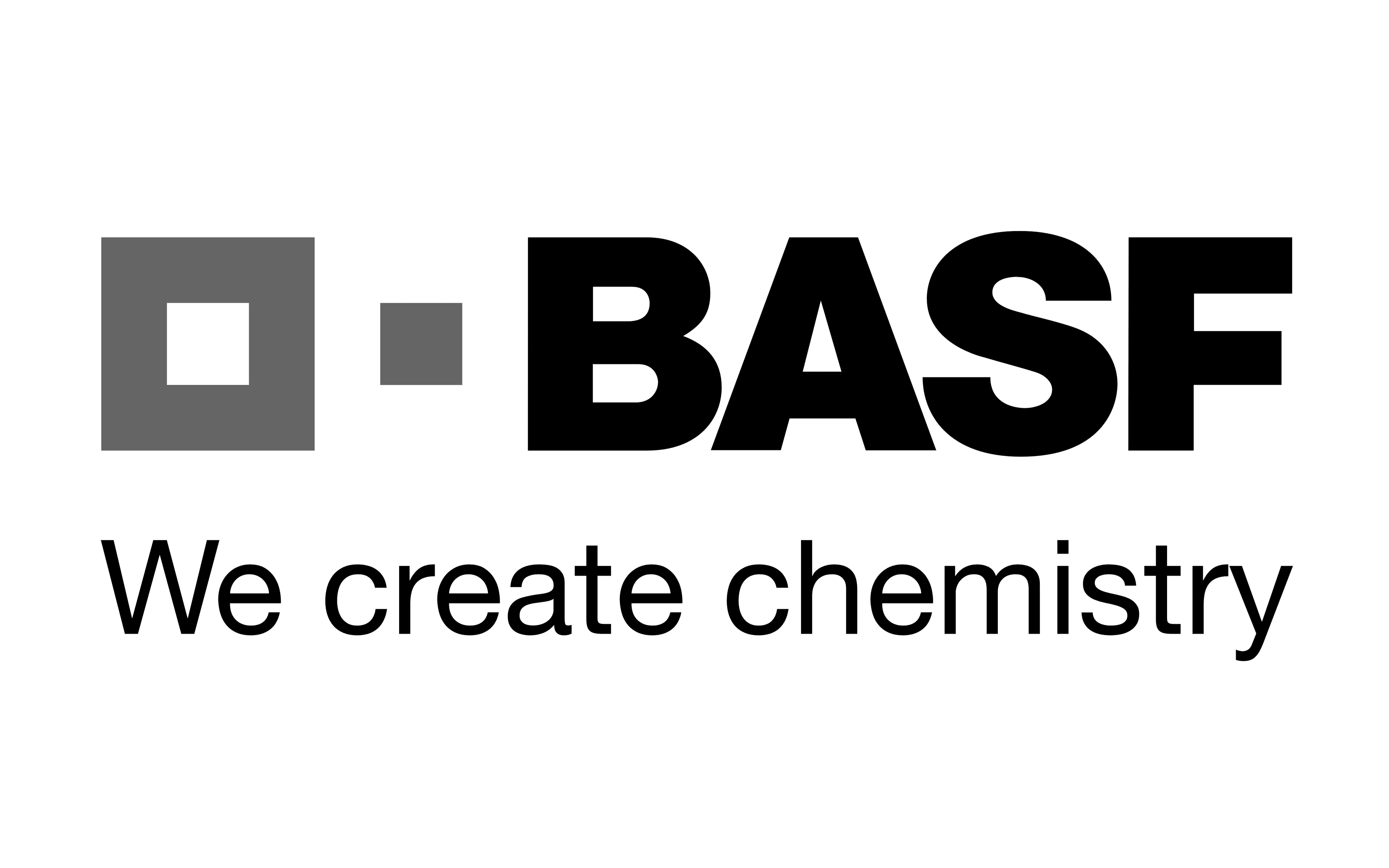Understanding BASF: A Comprehensive Overview Of The World’s Leading Chemical Company
BASF is not just a name; it represents innovation, sustainability, and leadership in the chemical industry. Founded in 1865, BASF has grown to become the largest chemical producer in the world, consistently setting benchmarks in product quality and environmental responsibility. In this article, we will explore the history, operations, and significant contributions of BASF to various sectors while delving into the company's commitment to sustainability and innovation.
The chemical industry plays a vital role in the global economy, affecting countless products we use daily, from plastics to pharmaceuticals. As the world's largest chemical company, BASF is pivotal in shaping this industry. This article aims to provide a thorough understanding of BASF's operations, innovations, and its impact on both the economy and the environment.
Throughout this comprehensive overview, we will cover various aspects of BASF, including its history, product range, sustainability initiatives, and its role in various industries. With a focus on quality and trust, this article will adhere to the principles of Expertise, Authoritativeness, and Trustworthiness (E-E-A-T), ensuring that readers receive accurate and relevant information.
Table of Contents
- 1. History of BASF
- 2. BASF Operations and Product Range
- 3. BASF’s Commitment to Sustainability
- 4. Innovations at BASF
- 5. BASF in Various Industries
- 6. BASF’s Global Presence
- 7. Financial Overview and Performance
- 8. Conclusion
1. History of BASF
BASF, which stands for Badische Anilin- und Soda-Fabrik, was established in 1865 in Mannheim, Germany. Initially focused on producing dyes, BASF quickly expanded its product portfolio and geographical reach. By the early 20th century, BASF had become a significant player in the chemical industry, contributing to various innovations, including synthetic dyes and plastics.
1.1 Milestones in BASF’s History
- 1865: Founding of BASF in Mannheim, Germany.
- 1900: BASF becomes a leader in the synthetic dye industry.
- 1925: Merger with other companies to form IG Farben, which eventually dissolved after World War II.
- 1965: BASF reestablishes itself as an independent company.
- 2000s: Expansion into new markets and development of sustainable products.
2. BASF Operations and Product Range
BASF operates in multiple segments, producing a wide array of products used in various industries. Its operations are divided into several divisions, including chemicals, performance products, functional materials & solutions, agricultural solutions, and materials.
2.1 Key Product Categories
- Chemicals: Basic chemicals, intermediates, and specialty chemicals.
- Performance Products: Dispersions, resins, and additives.
- Functional Materials & Solutions: Catalysts, construction chemicals, and electronic materials.
- Agricultural Solutions: Crop protection products and biotechnology solutions.
3. BASF’s Commitment to Sustainability
Sustainability is at the core of BASF’s business strategy. The company aims to create chemistry for a sustainable future, focusing on reducing its environmental impact and promoting resource efficiency.
3.1 Sustainability Initiatives
- Carbon Management: BASF aims to reduce its greenhouse gas emissions by 25% by 2030.
- Circular Economy: Development of products and processes that support recycling and resource recovery.
- Water Conservation: Initiatives to reduce water usage in manufacturing processes.
4. Innovations at BASF
BASF is known for its commitment to research and development, investing significantly in innovative technologies. The company focuses on developing solutions that address global challenges such as climate change and resource scarcity.
4.1 Recent Innovations
- Biodegradable Plastics: Development of materials that can decompose naturally.
- Advanced Crop Protection: Innovative solutions that increase agricultural productivity sustainably.
- Energy Storage Solutions: Research into materials that enhance battery performance.
5. BASF in Various Industries
BASF's products are utilized across numerous industries, highlighting its versatility and importance in the global market. Key industries include automotive, construction, agriculture, and consumer goods.
5.1 Impact on Key Industries
- Automotive: Supply of lightweight materials that enhance fuel efficiency.
- Construction: Development of materials that improve building longevity and energy efficiency.
- Agriculture: Provision of innovative crop protection solutions that support food security.
6. BASF’s Global Presence
With operations in over 80 countries and a workforce of around 110,000 employees, BASF has a significant global footprint. Its diverse operations allow it to serve customers in various markets effectively.
6.1 Regional Operations
- Europe: Major production facilities and R&D centers located in Germany.
- North America: Strong presence in the U.S. and Canada, focusing on agricultural solutions.
- Asia-Pacific: Rapidly growing markets, with significant investments in China and India.
7. Financial Overview and Performance
BASF's financial health is a critical indicator of its operational success. The company consistently ranks among the top chemical producers globally, showcasing robust revenue figures and profitability.
7.1 Financial Highlights
- Annual Revenue: Over €60 billion in recent years.
- Market Capitalization: One of the largest in the chemical sector.
- R&D Investment: Approximately 6% of total sales invested in research and development.
8. Conclusion
In conclusion, BASF stands out as a leader in the chemical industry, with a rich history, a diverse product range, and a strong commitment to sustainability and innovation. Its efforts to create chemistry for a sustainable future resonate in various sectors, making it a vital player in the global economy.
We encourage readers to share their thoughts on BASF and its impact on the industry in the comments section below. Also, feel free to explore more articles on our site to learn about other influential companies and trends in the chemical sector.
Thank you for reading, and we hope to see you back on our site for more engaging content!
Have The Lions Won A Super Bowl? A Deep Dive Into Detroit's NFL Journey
Understanding The Compatibility Between Scorpio And Cancer: A Deep Dive
Online Casino With No Deposit: Your Ultimate Guide To Winning Without Spending


